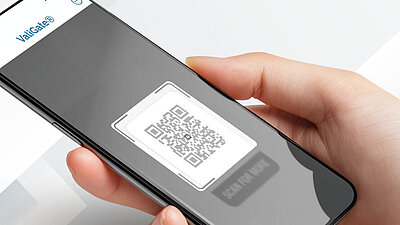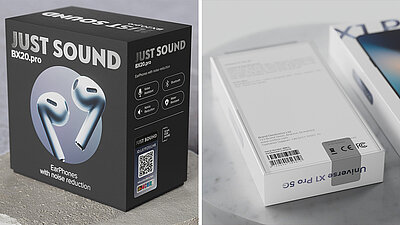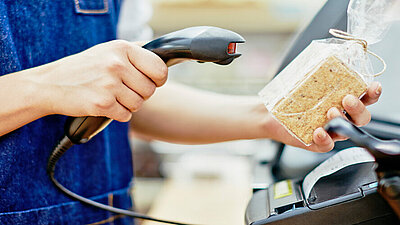How to make printed product codes secure
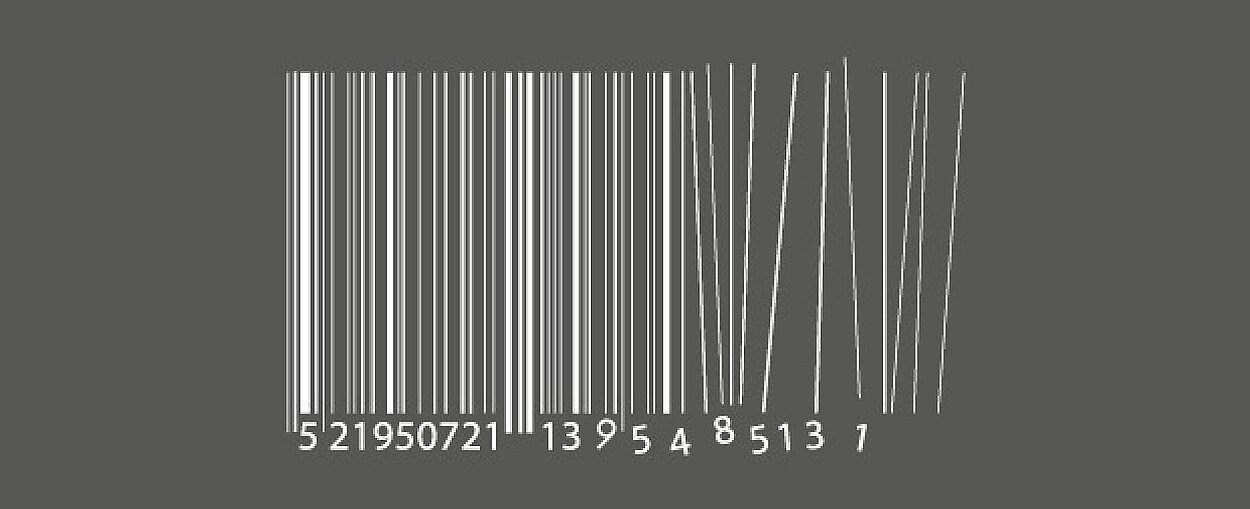
Printed codes – informative, but not secure
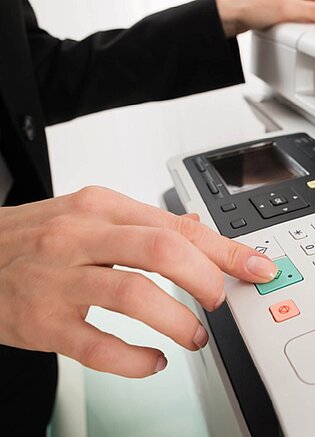
The problem: These printed labels can easily be copied by counterfeiters without any great effort. Common, universally available technologies, such as colour copiers, scanners and office printers are sufficient to produce copies of the labels. Counterfeiters apply the copied codes to their imitation products and put the counterfeit products into circulation – now there are several products with the same printed code on the market. But which is the original and which is counterfeit?
There are verification systems that check whether a specific code has been verified once or several times. If a code is verified for the first time, the system reports back that it is correct and the product is therefore genuine. So if the copied code on the counterfeit product is the first to be verified, it is classified as “genuine” and the code which actually is the genuine one is classified as “counterfeit”. This is a worst-case scenario because, instead of providing protection, the system now tells the customer that the counterfeit product is the genuine one.
It is becoming evident that such systems do not protect brand products against counterfeiters. We explain how to turn simple printed product codes into secure authenticity labels.
Here’s how to turn printed codes into tamper-proof product labels:
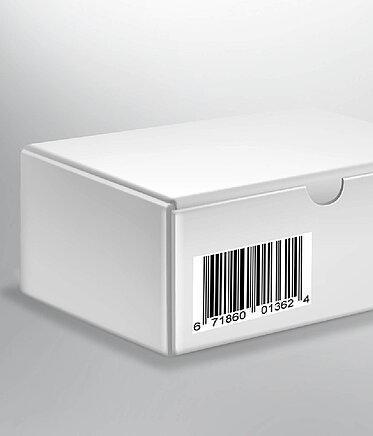
Physical security markings produced using inaccessible, patented technologies are ideal. This ensures that only the manufacturer of these markings, and the brand owner as its client, have access to it. Counterfeiters are left with nothing.
These physical markings protect printed codes from copying by repeating the printed code or parts of it. In addition, the physical labels are composed of multiple layers with different security features. Some of these features are visible to the naked eye, while others can only be read with the help of a magnifying glass or special reading device. Accordingly, these features can be checked by different user groups: consumers, retailers, customs officials or a brand owner’s own experts.
Combining printed codes and physical security features reliably distinguishes products as originals. At the same time, this ensures that the product information displayed is correct.


